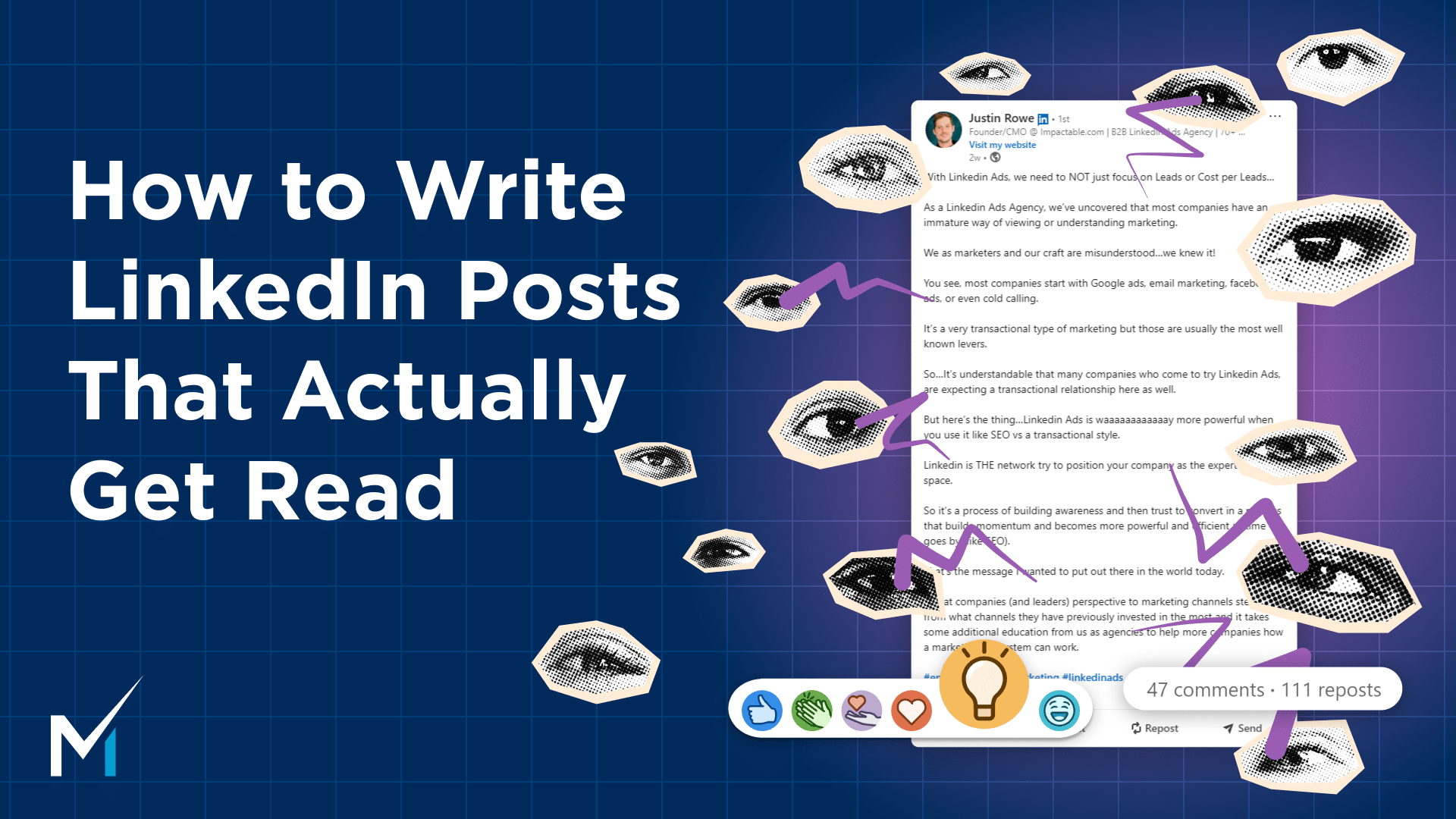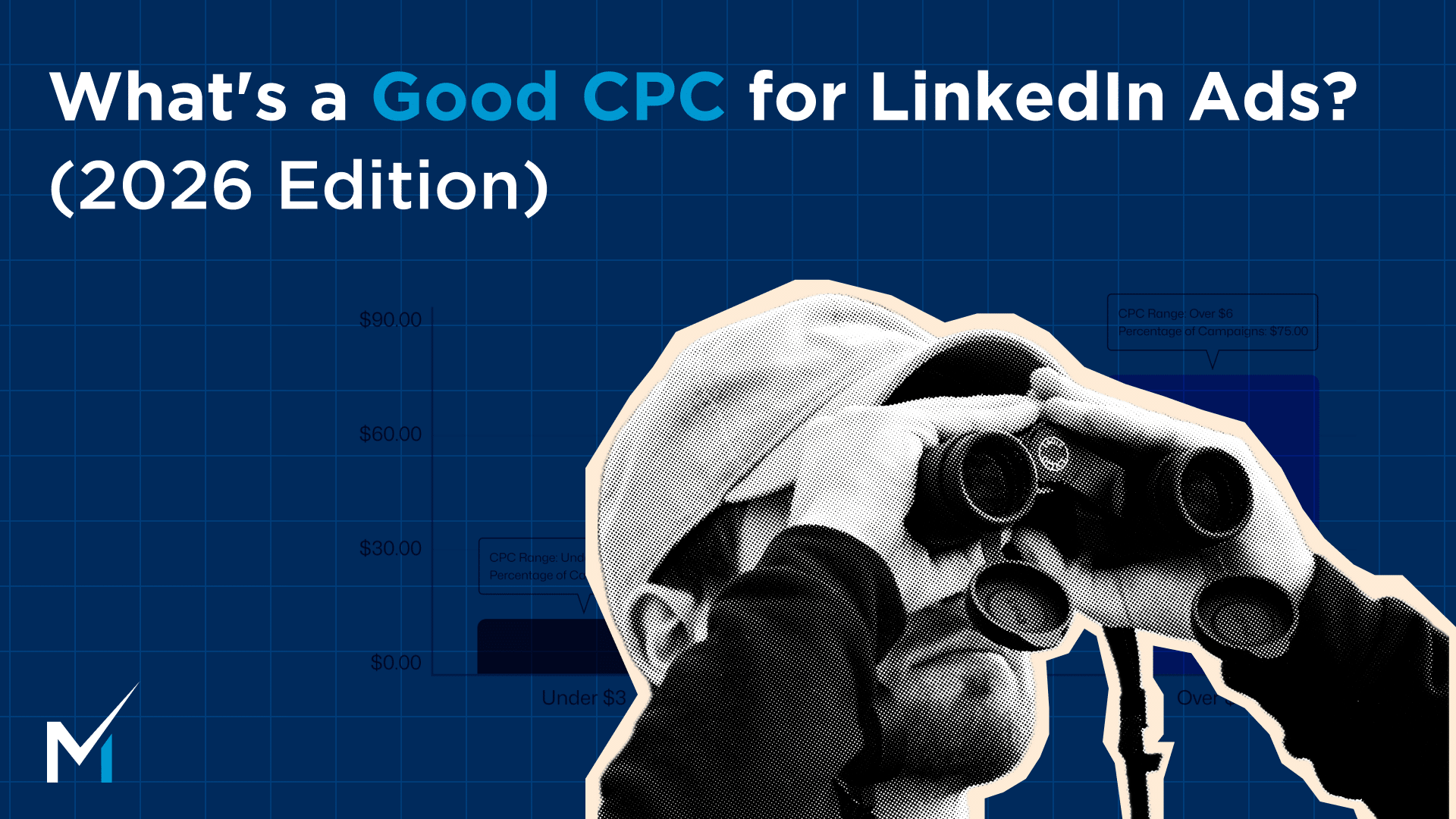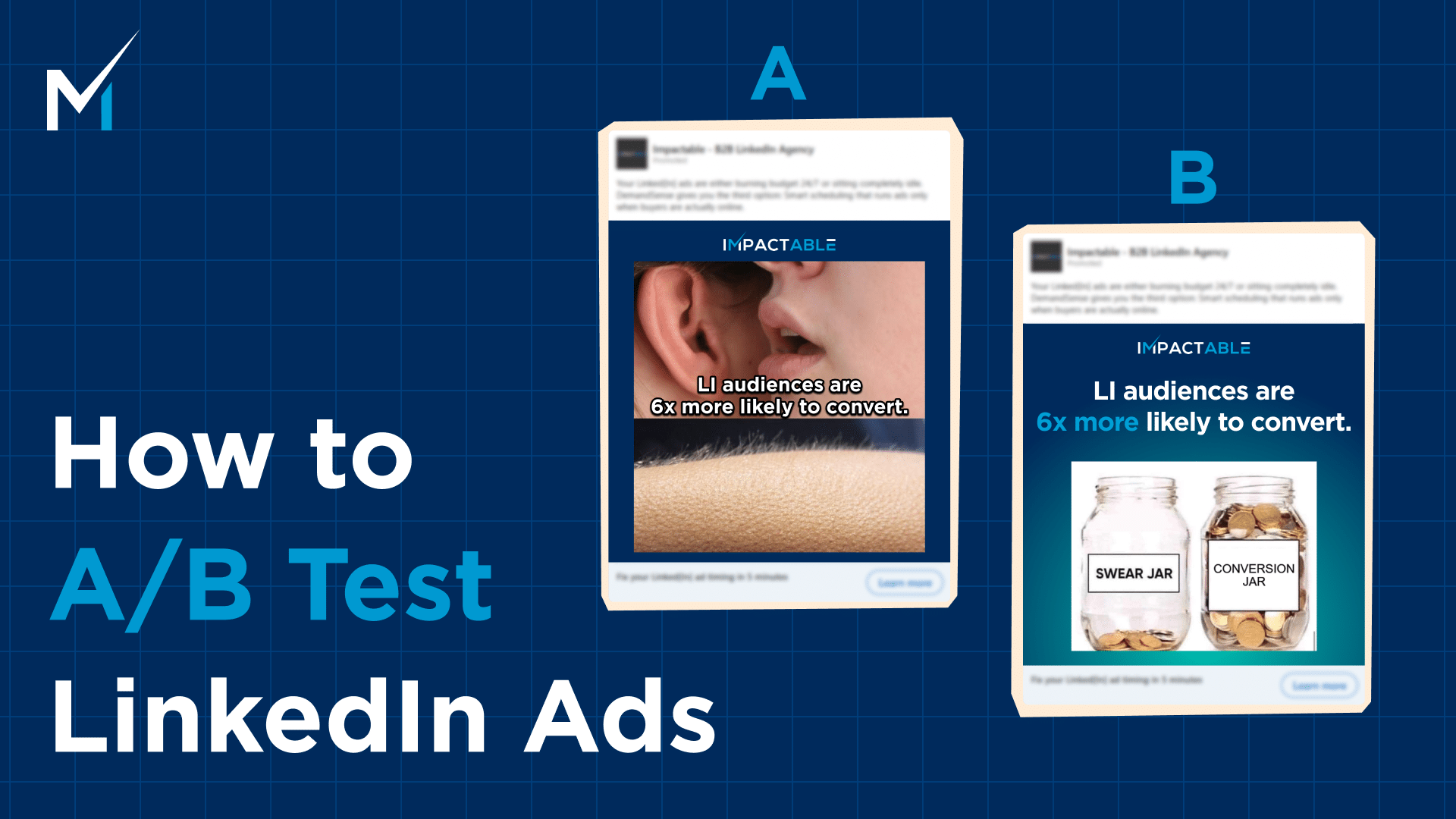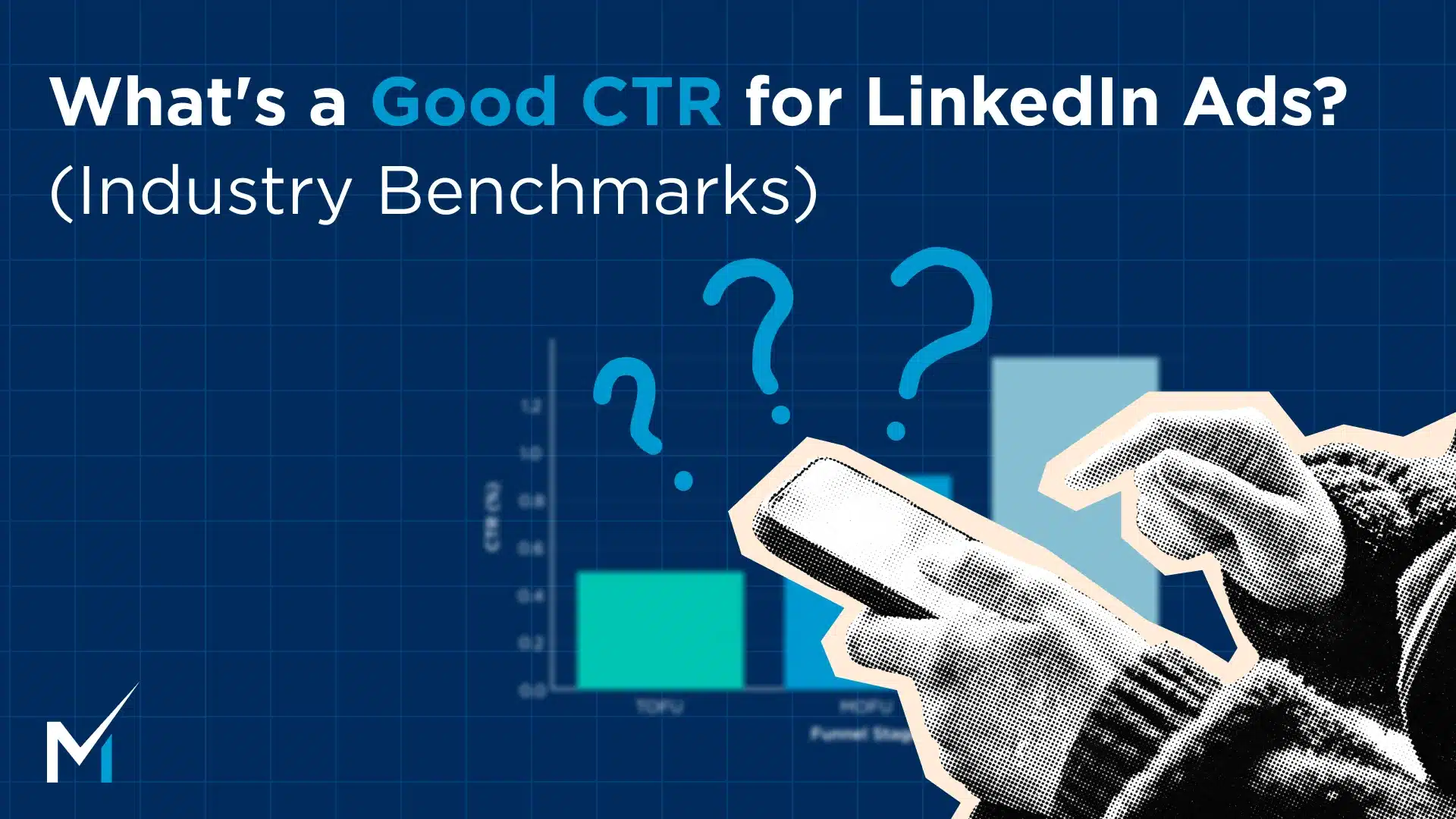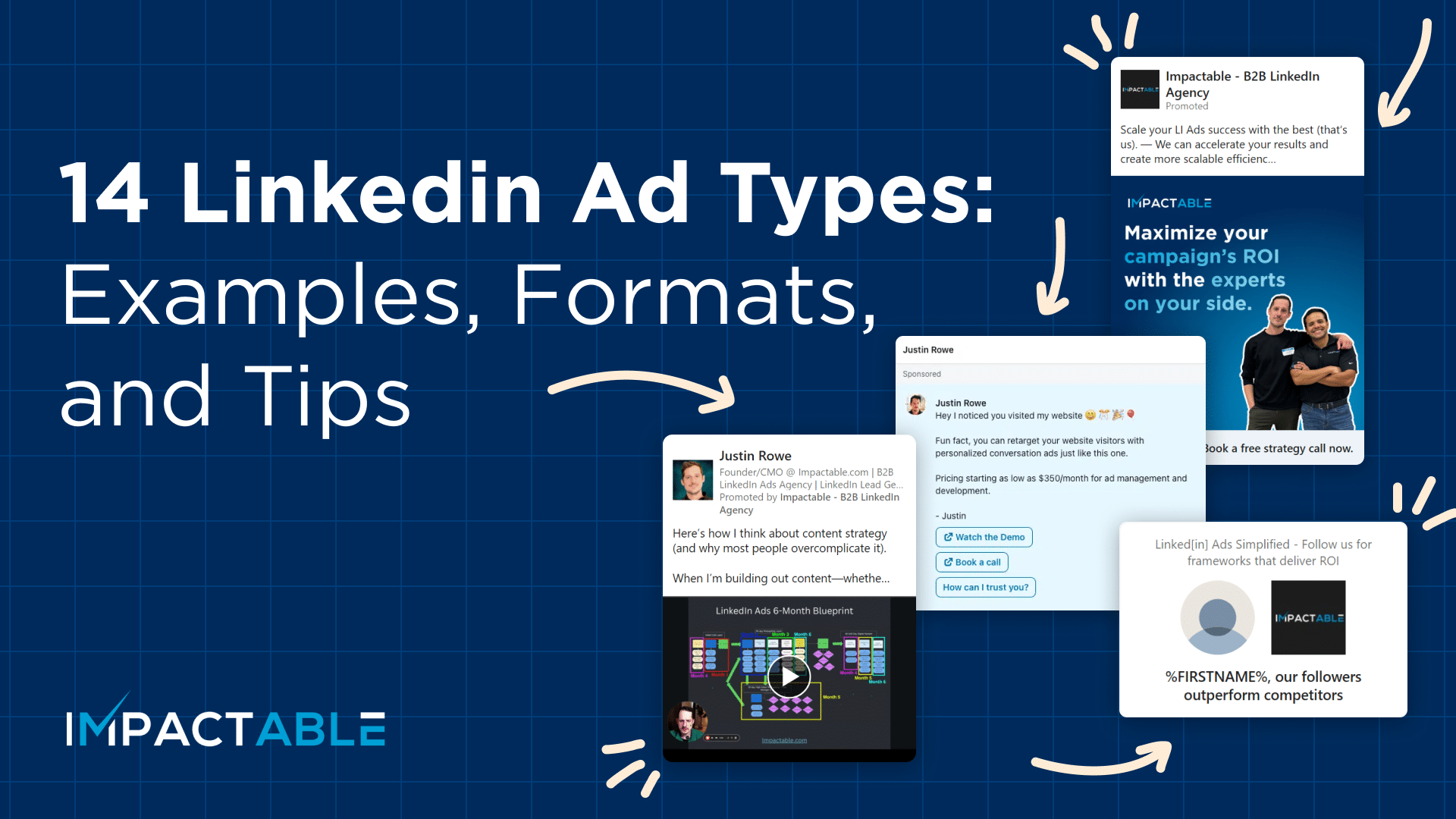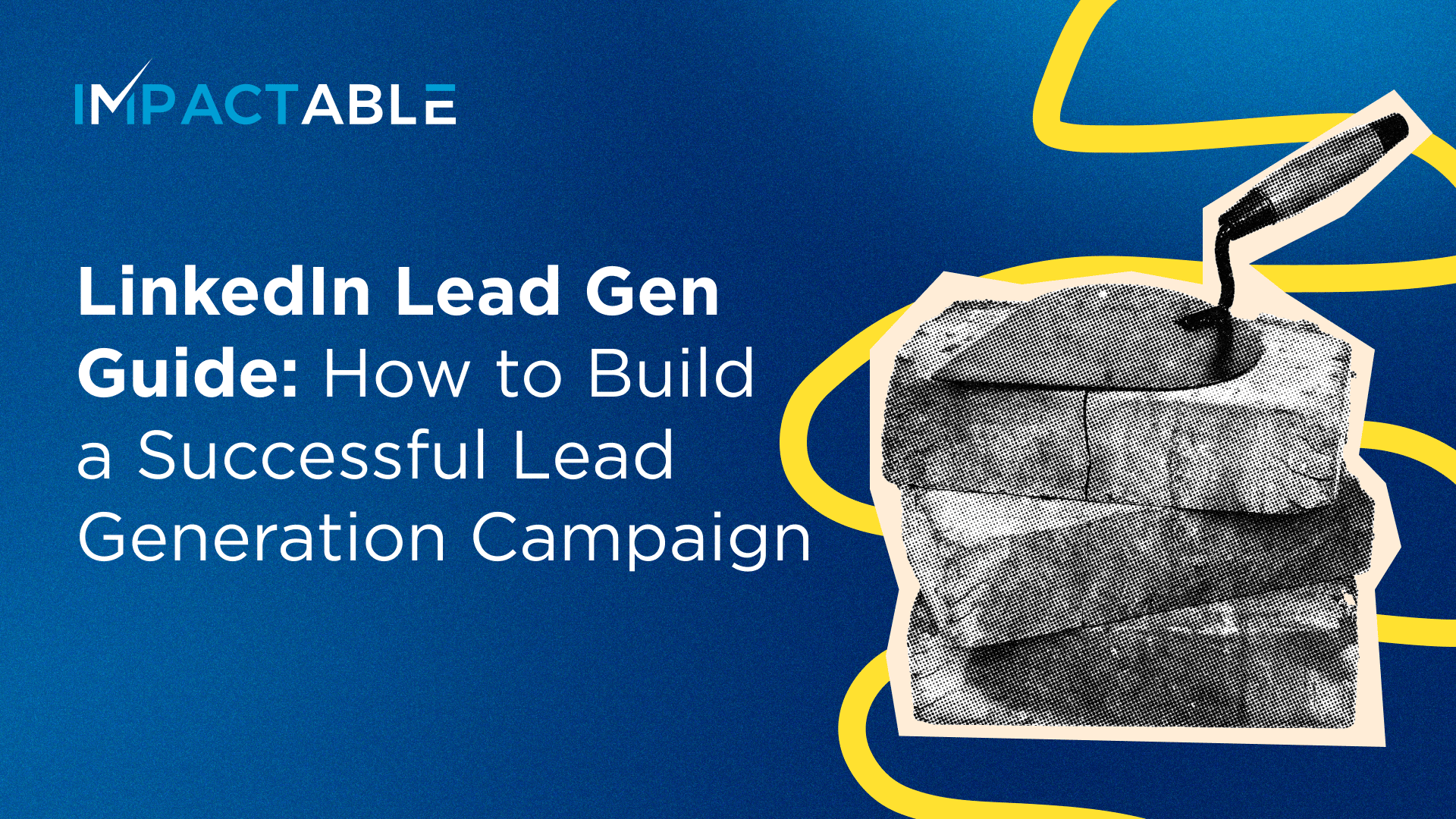I see it every week on LinkedIn: posts that flop in the first three lines. The hook is weak, the value isn’t clear, and readers scroll right past.
If you’re in B2B, that can feel like shouting into the void. Your buyers are busy, the feed is noisy, and the algorithm isn’t going to magically save you. That’s why knowing LinkedIn posting best practices matters more than chasing algorithm myths.
So how do you learn how to write LinkedIn posts that people actually stop and read? It starts with how you write. Not with tricks or hacks, but with choices that make your post worth someone’s attention.
That’s what I want to share here. These are the same moves I’ve tested with SaaS and fintech clients who were tired of low engagement. Once we fixed the way they wrote, their posts didn’t just get more impressions, they actually got read by the right people.
Why Most LinkedIn Posts Go Unread
Most LinkedIn posts don’t fail because of the algorithm. They fail because they’re boring. Long intros, generic updates, and self-promotion disguised as thought leadership all get skipped.
How many posts start with “We’re excited to announce…” and go nowhere? The second a reader sees that, they know it’s a company talking to itself, not to them.
Another common mistake is treating LinkedIn like a press release feed. Nobody comes here looking for corporate announcements. They’re looking for ideas, relatable stories, or quick value they can use.
When your post reads like a wall of text or a sales brochure, you’ve lost the audience before they ever click “see more.” That’s one of the biggest mistakes people make when figuring out how to write LinkedIn posts that work.
Start With a Strong Hook
This is the first step if you want to know how to write a post on LinkedIn that grabs attention. Think of it as a thumb-stopper. If it doesn’t spark curiosity right away, your reader is gone.
Here’s the difference:
Weak hook:
“We’re excited to share our latest update with you.”
That line gives your audience no reason to keep reading.
Stronger hooks:
“Most LinkedIn posts lose the reader before they ever click ‘see more.’”
“Stop telling us it’s Monday. We already know.”
“Your LinkedIn post is not a blog. Stop writing it like one.”
These lines work because they break patterns, challenge assumptions, or call out a specific role directly. Each one creates tension that makes the reader want the rest of the story.
If you want to know how to write a post on LinkedIn that grabs attention, start here. Without a strong hook, the rest of your content won’t matter.
Keep It Scannable
LinkedIn isn’t the place for long blocks of text. People scroll fast, and if your post looks heavy, they won’t even start reading.
Use short paragraphs, line breaks, and plenty of white space. Each idea should feel like its own beat. That way, someone can skim through and still get the point.
Yes, emojis can help make a post easier to scan. But keep them in check. One or two used with intention is fine. A wall of icons makes your content look cluttered and hard to follow.
I had a client in SaaS who struggled with low engagement. Their posts looked like mini essays, and people skipped them. We reformatted one of their updates into short lines with clear spacing. Same content, just easier on the eyes. Engagement nearly doubled. We cover more ways to format your content in our LinkedIn content tips guide.
This is one of the simplest LinkedIn formatting tips, and it works. If the post looks easy to read, people are far more likely to stop and actually read it.
Speak Directly to Your Audience
The biggest mistake I see is writing posts for “everyone.” When you try to please the whole feed, you end up with content that connects with no one.
Instead, write to your ICP. Call out their role, their pain points, and the language they actually use in their day-to-day. A CFO reads differently than a RevOps manager. A founder doesn’t care about the same details as a demand gen lead. That’s why smart LinkedIn targeting makes such a difference.
Here’s a quick example. A client of mine used to start posts with “Our customers often struggle with reporting.” We rewrote that first line to say, “RevOps leaders tell me their reporting headaches never stop.” Same topic, but way more specific. That small change tripled the number of comments.
If you want to know how to write LinkedIn posts for your audience, start by getting clear on who you’re talking to. One audience, one problem, one solution. That focus makes your posts feel personal, not generic.
Share a Personal or Contrarian Take
Vanilla content dies fast on LinkedIn. If your post sounds like it could have been written by anyone, it won’t get read.
The posts that travel are the ones with a personal angle or a contrarian take. Share a quick story about something you learned, or challenge a belief people hold in your industry. That’s what makes people pause and think.
Here’s an example of a contrarian opener: “Stop chasing MQLs like it’s 2015.” Lines like that work because they push against the status quo. They spark conversation and invite readers to either agree or challenge you back.
I’ve seen this work with clients again and again. When they moved away from safe, polished content and added their own perspective, engagement jumped. It’s the same mindset we bring into LinkedIn thought leadership strategy.
If you want to build LinkedIn personal branding and start creating thought leadership posts that people actually care about, add your own take. That’s what turns a scroll-past into a save or a comment.
End With a CTA or Question
Too many posts just stop after delivering information. If you don’t tell your reader what to do next, most will just scroll on.
A strong LinkedIn post ends with a clear call to action or an open question. That last line is your chance to invite engagement and keep the conversation going. That engagement also builds warmer audiences you can reach again later, which makes LinkedIn retargeting even more powerful.
Here are a few stronger examples:
- “What’s the first line of your next LinkedIn post going to be?”
- “Drop your go-to hook in the comments. I want to see what’s working for you.”
- “Try one of these tweaks in your next post and tag us so we can see the results.”
The strongest CTAs are the ones that connect back to what you just shared. They feel like a natural next step instead of a throwaway line, and that is what drives real engagement.
Extra Boosters That Help (Optional)
Once you have the basics right (hook, scannability, audience focus, and a clear CTA), you can layer on a few extras to give your post more reach.
Visuals: Posts with images, carousels, or short videos tend to pull more attention in the feed. They stop the scroll and reinforce your point. Just make sure the visual adds value instead of distracting from the message.
Tagging: Mentioning a person or company can expand your reach, but it only works if they’re relevant to the post. Tag a teammate you collaborated with or an industry voice who inspired the idea. Over-tagging looks spammy and usually backfires.
Hashtags: Stick with three to five. Mix a couple of broad ones (#Marketing, #LinkedInTips) with niche tags tied to your space (#RevOps, #SaaSGrowth). Too many hashtags make a post look messy, but the right set can make your content discoverable to the right audience.
These LinkedIn hashtags and visuals are not magic fixes, but they’re smart ways to give solid content an extra lift when you’re learning how to write a post on LinkedIn that reaches more of the right people.
Key Takeaways
Writing LinkedIn posts that people actually read isn’t complicated. It comes down to grabbing attention early, keeping the format light, talking to the right audience, sharing a real point of view, and closing with a clear next step.
You don’t have to change everything at once. Pick one of these moves, test it on your next post, and watch how your engagement shifts.
Your posts don’t need to go viral. They just need to get read by the right people, and that’s where the real impact starts.If you want fresh eyes on your LinkedIn content, connect with us so we can see how we can help you turn your LinkedIn content into posts people actually want to read.


